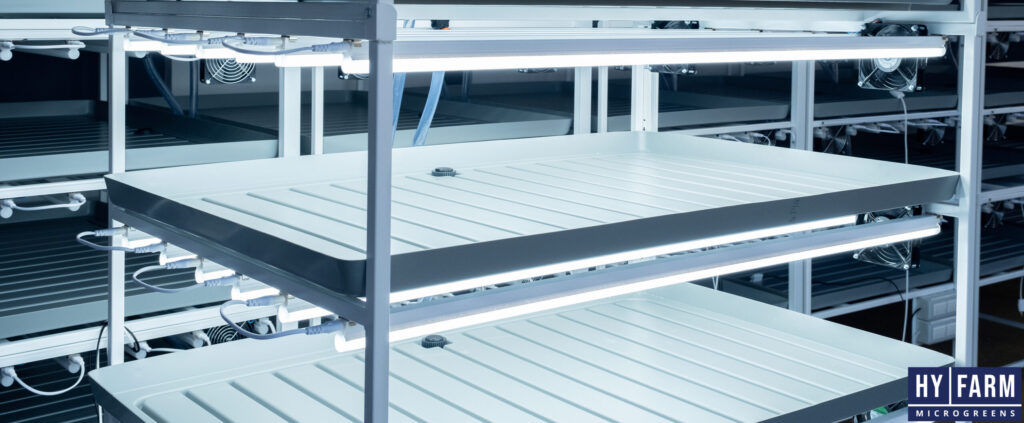In recent years, urban agriculture has experienced remarkable growth, thanks to technological innovations and the need for sustainability in urban areas. Among the most promising approaches in this field are the culture of microgreens and the cultivation of medicinal marijuana in vertical hydroponic systems. These methods not only optimize space and resources, but also bring significant health and environmental benefits.
Microgreens: Superfoods in small spaces
Microgreens, such as broccoli, radishes, or peas, are recognized for their high nutritional value and rapid growth. Grown in vertical hydroponic systems, these tiny plants do not require soil, and their growth can be accelerated by controlling light and nutrients. This method of cultivation allows for the production of a significant amount of nutritious food in a reduced space, making it ideal for dense urban areas.
Medicinal Marijuana: Efficient cultivation for therapeutic needs
On the other hand, medicinal marijuana, legalized in many countries for therapeutic use (Malta, Germany, the Netherlands, Portugal, Luxembourg, etc.), benefits enormously from vertical hydroponic cultivation. This method allows for precise control of the growing environment, essential for producing the specific cannabinoids needed for medical treatments. Vertical hydroponic systems ensure efficient use of water and space, reducing the ecological footprint of marijuana cultivation.
Comparing the two cultures
Comparatively, both cultivation methods present similar advantages in terms of spatial efficiency and environmental control. However, their purpose differs significantly. Microgreens are primarily cultivated for daily consumption, offering a nutritious and sustainable solution for urban food needs. In contrast, medicinal marijuana is cultivated with a precise therapeutic purpose, requiring more rigorous control of growing conditions.
Conclusions and future perspectives
The cultivation of microgreens and medicinal marijuana in vertical hydroponic systems represents not just a solution to the challenges of urban agriculture, but also a step towards a greener and healthier future. These techniques demonstrate how innovation can transform the way we think about food and medicine production, perfectly adapting to the spatial and ecological constraints of modern cities. As we face global challenges such as climate change and the growth of the urban population, such initiatives offer hope and direction for a sustainable future.


